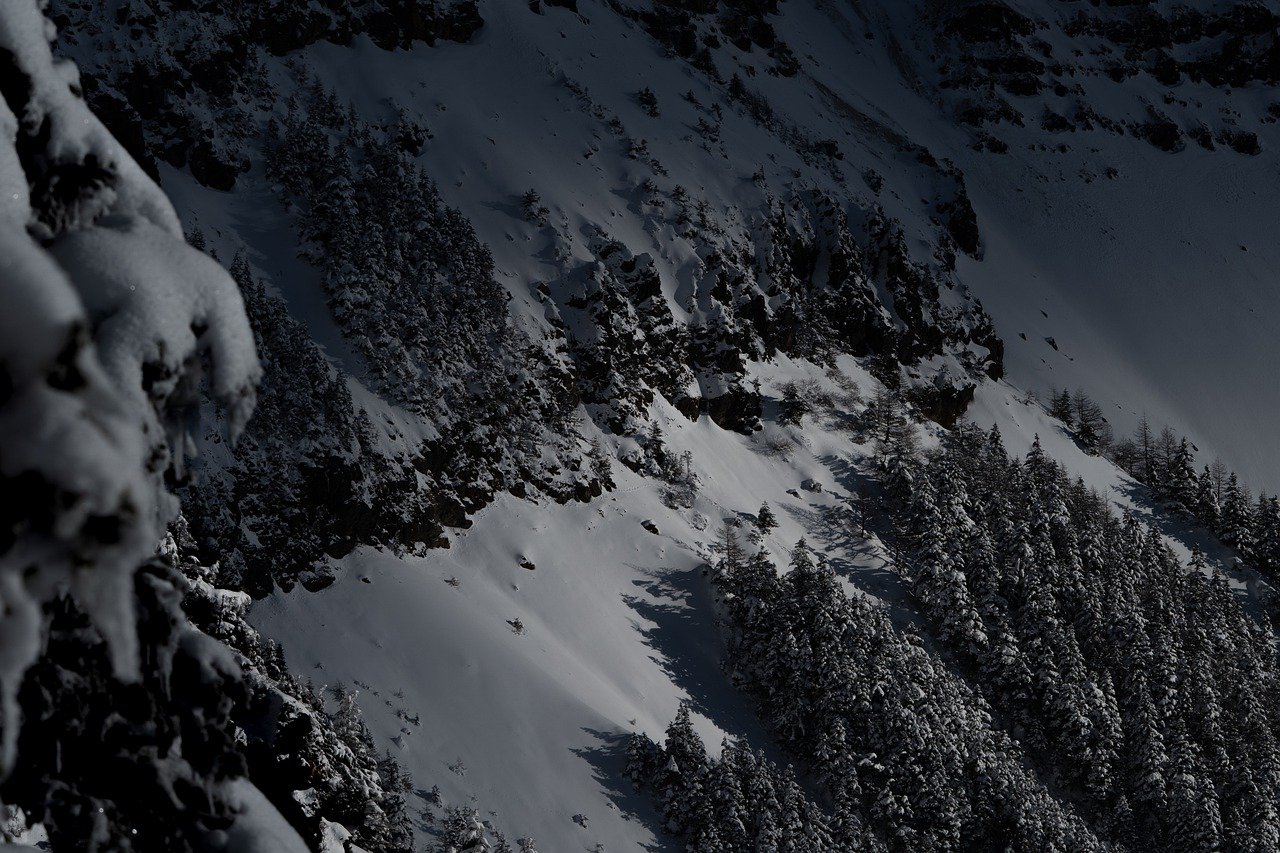Klohn Crippen Berger Participates in Commentary on Tailings Dam Failures

February 11, 2015
Klohn Crippen Berger assisted in the investigation of the 1995 Omai tailings dam failure in Guyana, the 1998 Anzalcollar tailings dam failure in Spain and the 2014 Mount Polley tailings dam failure in British Columbia. As a consequence, we have a unique understanding of these events and the lessons learned for future tailings projects. The failures of the Aznalcollar and Mount Polley tailings dams have markedly similar features. Dam failure and subsequent dam breach in both instances were contributed in part by:- The presence of brittle or strain-weakening foundation clay soils that lose strength under loading and strain;
- Outer embankments of rockfill constructed at steep slopes of 1.3H:1V to 1.4H:1V; and
- A flooded tailings pond with the pond water level in close proximity to the dam crest at the time of the failure events.
 |
 |
|
1998 Aznacollar Tailings Dam Failure |
2014 Mount Polley Tailings Dam Failure |
- Developing a good understanding of the regional geology of our tailings sites and conducting phased programs of site investigations to characterize the geotechnical conditions.
- Selecting tailings dam slopes that meet the requirements of the site and also consider the unique construction staging of tailings dams, which often occur annually over 10 to 40 years. Tailings dam slopes of 2H:1V or flatter are good practice for rockfill tailings dams and 3H:1V or flatter are usually adopted for dams built from the tailings themselves. Poor geotechnical foundation conditions often dictate flatter slopes in many instances.
- Keeping the tailings pond well away from the dam crest to reduce the load on the dams, improve flood storage and reduce the seepage gradients through the dams. If the water pond encroaches against the dam, then the dams are required to be designed as “water retention” dams, similar to those for water reservoirs or hydropower dams.
- Restricting the stored volume of water in the impoundment to reduce the downstream flow in the worst case event of a dam breach.
New tailings technologies to eliminate or reduce the need for traditional tailings dams have evolved over the last 25 years. These include the production of highly thickened tailings, paste tailings and de-watered tailings produced by pressure or vacuum filtration. KCB has experience in the use of all these technologies and has evaluated their cost/benefit for many mine projects in Canada and overseas. Final selection of the most appropriate technology must consider a wide range of factors including, but not limited to, the geochemical and geotechnical characteristics of the tailings, project scale and setting, climate, environmental setting and cost. The de-watered tailings stack at the Greens Creek Mine in Alaska is a leading example of the innovative use of tailings technology. KCB has been consultant on the Greens Creek tailings stack since 1997, and won an award from the Consulting Engineers of Canada for this project.

Greens Creek De-Watered Tailings Stack, Alaska
For more information on Klohn Crippen Berger’s tailings experience, please contact Mining_Environment@klohn.com.
